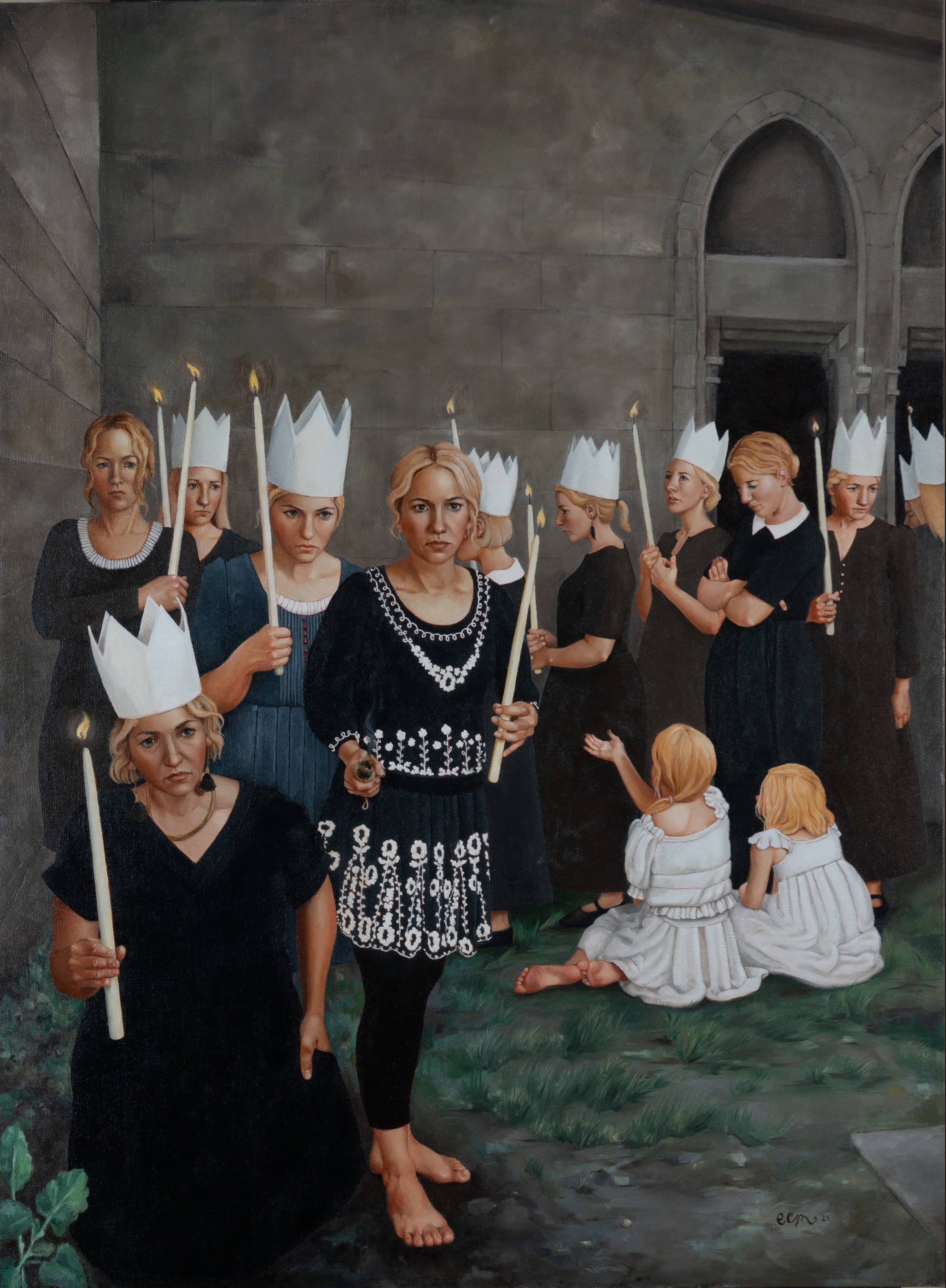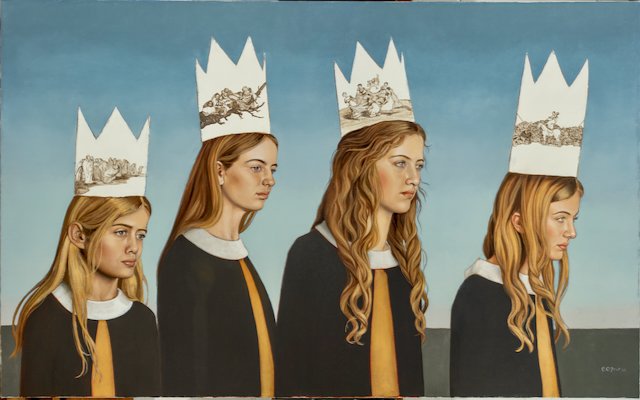Having been domesticated, presented with rules and explanations in our first half of life, we first live according to the belief system we were given, which for the most part is a system of punishment and reward. To be enlightened, to receive spiritual light that imparts knowledge, we must confront, question, and deconstruct these rules. Our second half of life is a pilgrimage, an epic journey of sifting and sorting through what we have been given, keeping what is good and discarding what is harmful. Stages of growth will ask us to acknowledge the complexity of being and continually progress toward enlightenment.
It is a mysterious and merciful surprise to find the divine when we do it wrong, when we break our rules. Enlightenment comes from tragedy, from bitter compromise, from overcoming something that you thought was sure to destroy you. We come to full consciousness when we face our mistakes and failings, confronting our own disparate contradictions. Worthiness, vanity, judgement, fear, pride, and displaced authority can mock us and inhibit our growth. Those who have not allowed themselves to dance with their inner struggles present as superficial and uninteresting, they have little to offer outside of the boundaries set by fear and safety and remain defined by the rules from their first half of life.
When we open our head to illumination, our heart to compassion, and our gut to guidance, then we enter healing. While the mind can be pragmatic, identifying all the rules that will keep us safe, our gut and our heart will always tell the truth. And there we stand in the mystery, not knowing and not needing to know. Our heads must be emptied and opened to pure consciousness, containing neither object nor subject. The white cylindrical crown is symbolic of a direct connection to the divine and our higher selves, a visual symbol of the process of enlightenment.
The artist is given a measure of trust to represent what lies buried deep in the collective human psyche, that which is ineffable, beyond words or explanation. Their work is to communicate these ideas and emotions. They do this by reaching deep into their individual psyche, presenting their journey, sharing their experience, and most profoundly, by posing questions. There is an ethereal and indefinite property to artistic expression that can’t quite be pinned down or succinctly defined, but must be interpreted. It is the viewer’s option to be open to a depth of seeing and self-reflection.


